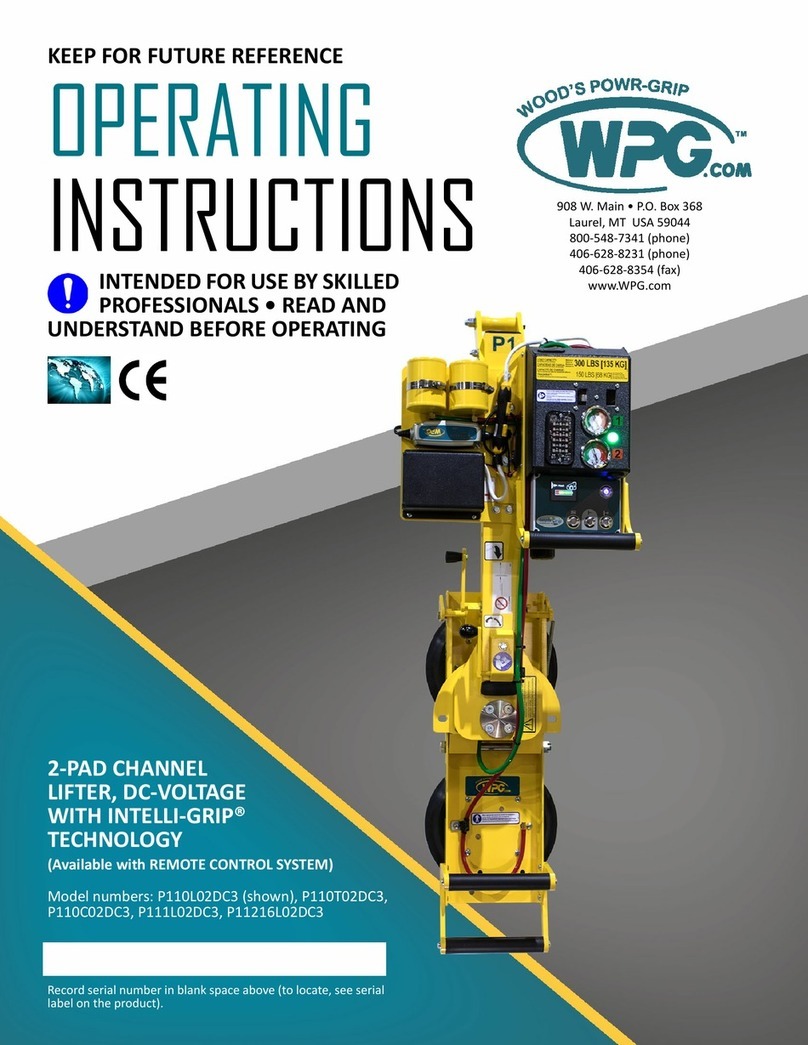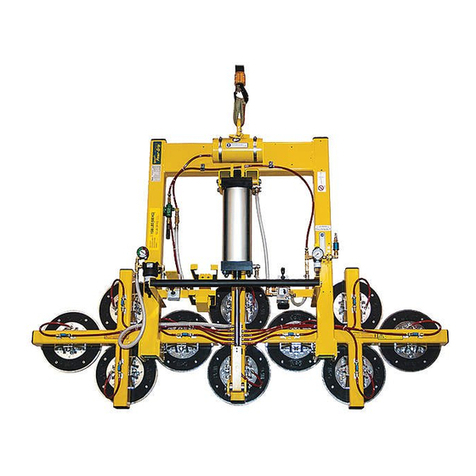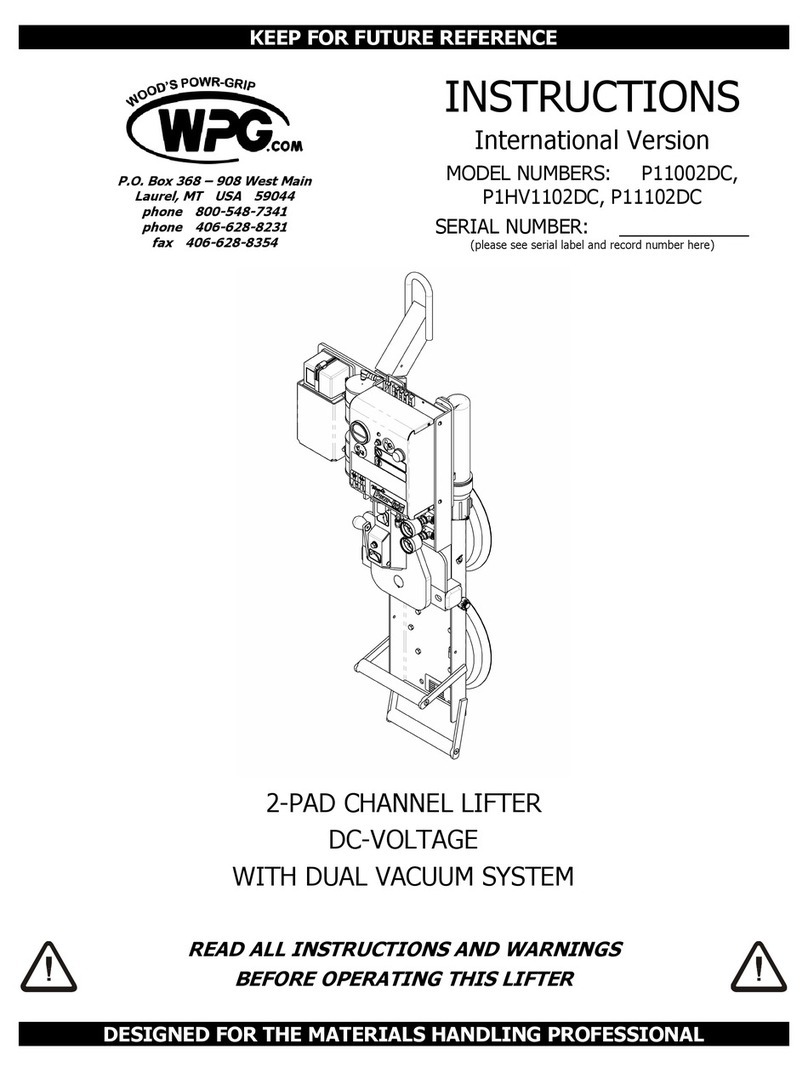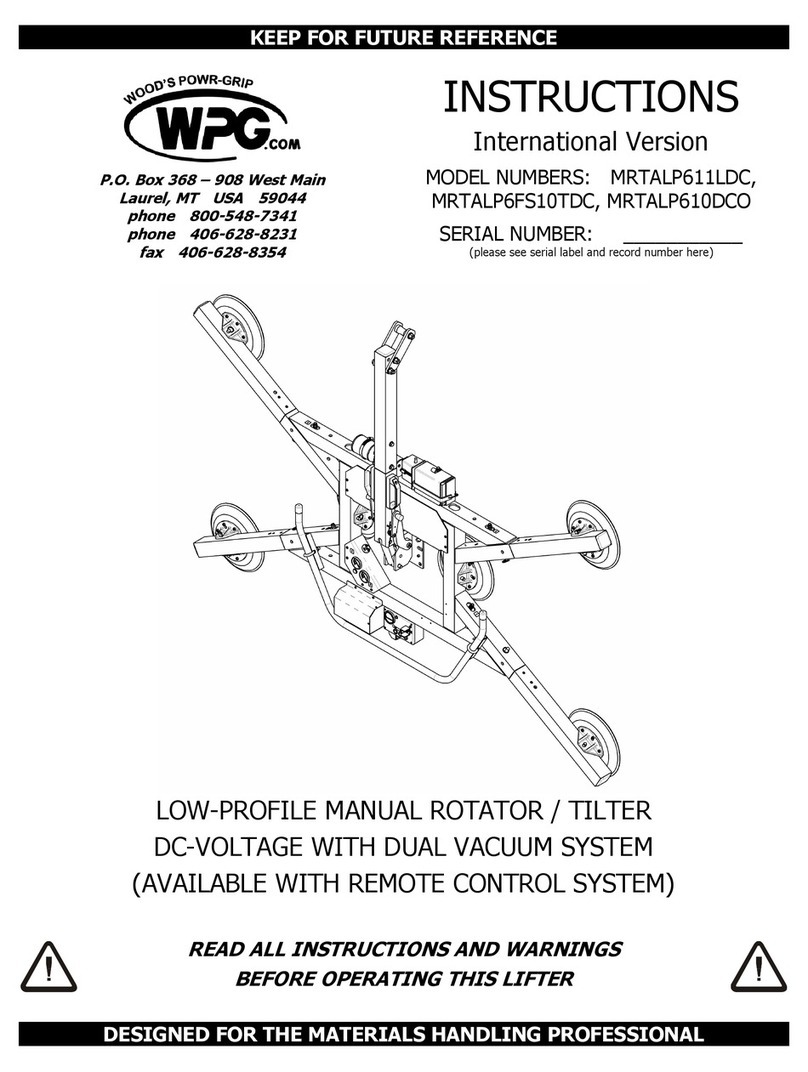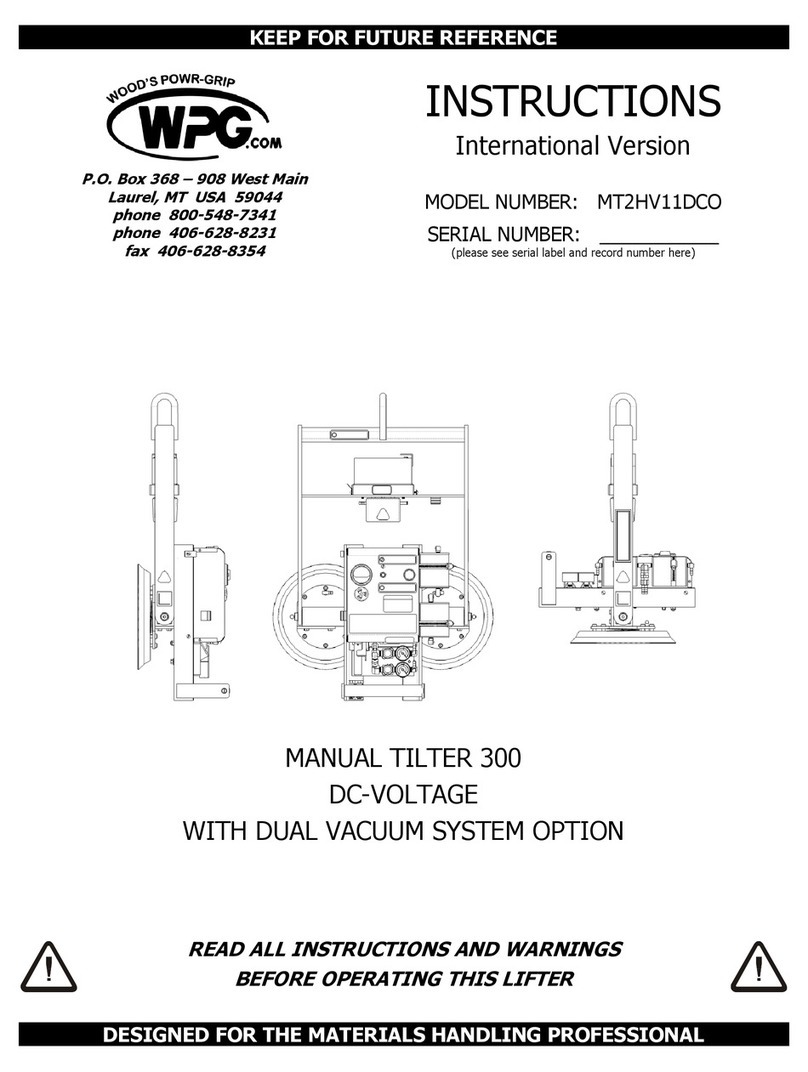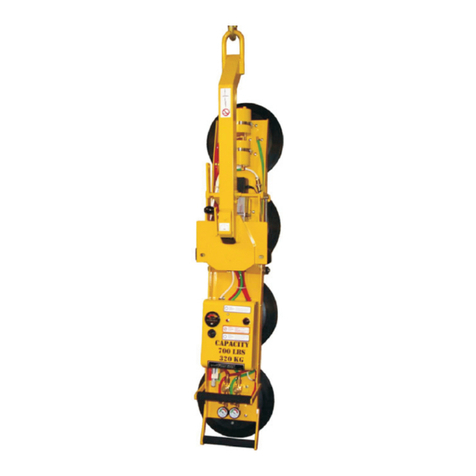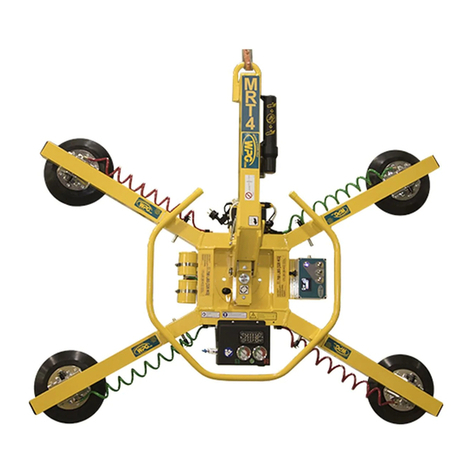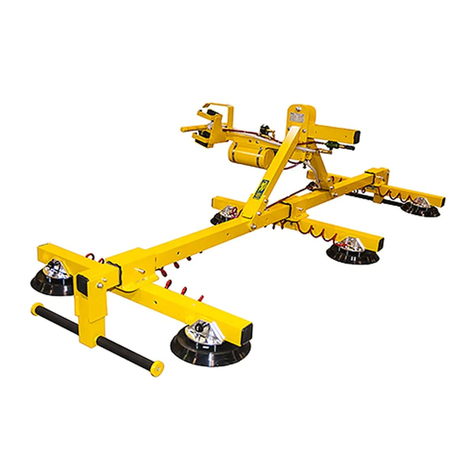Rev 10.1/8-20 1 PF-89DCO-DVS: #35132
TABLE OF CONTENTS
SPECIFICATIONS...........................................................................................................3
WARNINGS....................................................................................................................4
OPERATING FEATURES..................................................................................................5
ASSEMBLY .....................................................................................................................6
INTENDED USE ..............................................................................................................7
LOAD CHARACTERISTICS ...............................................................................................................7
OPERATING ENVIRONMENT ...........................................................................................................8
DISPOSAL OF THE LIFTER ..............................................................................................................8
OPERATION ...................................................................................................................9
BEFORE USING THE LIFTER............................................................................................................9
Taking Safety Precautions..........................................................................................................................9
Performing Inspections and Tests...............................................................................................................9
TO APPLY THE PADS TO A LOAD....................................................................................................10
Positioning the Lifter on the Load ............................................................................................................. 10
Sealing the Pads against the Load ............................................................................................................ 10
Reading the Vacuum Gauges ................................................................................................................... 11
Vacuum Level on Optimal Surfaces........................................................................................................... 11
Vacuum Level on Other Surfaces.............................................................................................................. 11
TO LIFT AND MOVE THE LOAD ......................................................................................................12
Positioning the Lift Bar ............................................................................................................................ 12
Load Capacity and the Warning Light........................................................................................................ 12
Monitoring Vacuum Indicators.................................................................................................................. 12
Low Vacuum Warning Buzzer................................................................................................................... 13
Controlling the Lifter and Load ................................................................................................................. 13
In Case of Power Failure.......................................................................................................................... 13
TO ROTATE THE LOAD EDGEWISE .................................................................................................14
TO TILT THE LOAD......................................................................................................................15
TO RELEASE THE PADS FROM THE LOAD .........................................................................................16
AFTER USING THE LIFTER............................................................................................................16
Storing the Lifter..................................................................................................................................... 16
MAINTENANCE ............................................................................................................17
INSPECTION SCHEDULE...............................................................................................................17
Every-Lift Inspection ............................................................................................................................... 17
Frequent Inspection ................................................................................................................................ 17
Periodic Inspection.................................................................................................................................. 17
Infrequent Use ....................................................................................................................................... 18
TESTING SCHEDULE....................................................................................................................18
Operational Tests.................................................................................................................................... 18
Load Test............................................................................................................................................... 18
MAINTENANCE SCHEDULE ...........................................................................................................19
